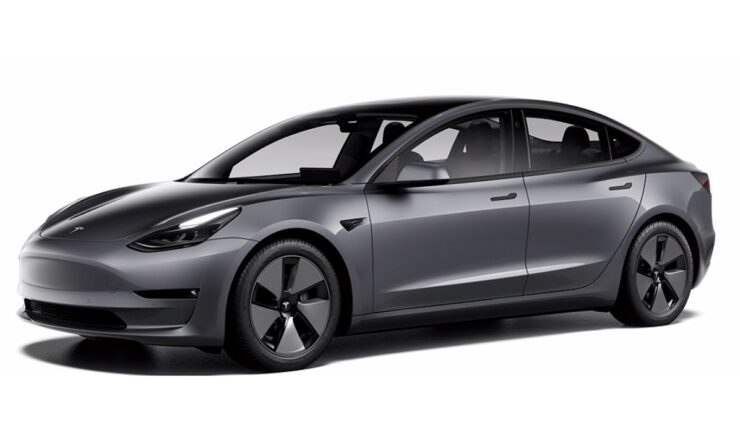
Introduction to Tesla
Tesla, Inc. continues to be at the forefront of the electric vehicle (EV) revolution, reshaping the automotive landscape and leading efforts towards sustainable energy. Founded in 2003 by Martin Eberhard and Marc Tarpenning, Tesla has grown into a household name under the leadership of CEO Elon Musk, especially known for its innovative approach to vehicle technology and design.
The Current State of Tesla’s Electric Vehicles
As of late 2023, Tesla boasts several models that have not only become bestsellers but have also set benchmarks in the industry. The Model 3 remains the world’s best-selling electric car, with sales reaching approximately 400,000 units in the past year alone. Meanwhile, the Model Y has also surged in popularity, reported to be on track to outsell both the Model S and Model X combined. Tesla’s vehicles are characterised by their impressive range, rapid acceleration, and advanced technology, including the Autopilot feature, which aims to enhance driving safety and convenience.
Tesla’s Expansion and Production Goals
In 2023, Tesla announced ambitious plans to expand its production capacity by opening new Gigafactories in diverse regions, including Europe and Asia. The new Gigafactory in Berlin is already operational, while plans are underway for additional facilities in India. These expansions are pivotal for meeting skyrocketing demand and achieving Musk’s vision of producing over 20 million vehicles annually by 2030. Furthermore, the company is keen on pushing the boundaries of battery technology, investing in its own battery cell production to reduce costs and improve vehicle performance.
Challenges Facing Tesla
However, Tesla is not without challenges. Increasing competition in the EV market, with traditional automotive giants like Ford and General Motors ramping up their electric offerings, places pressure on Tesla to innovate continually. Additionally, supply chain disruptions and rising raw material costs have implicated production schedules and profit margins. Regulatory scrutiny on the safety of self-driving technology also poses potential setbacks for Tesla’s Autopilot ambitions.
Conclusion
Looking ahead, Tesla’s role in the transition to sustainable transport is crucial. The company not only influences consumer preferences towards electric vehicles but also spurs investments in renewable energy through its energy products. As electric vehicle acceptance continues to broaden globally, Tesla’s innovations and strategic expansions will play a monumental part in shaping the automotive industry’s future. Readers should consider following Tesla’s progress closely, as its developments could very well dictate the trajectory of electric mobility for years to come.
You may also like

The Impact of White Lotus on Environmental Tourism

Understanding Forest Green: Its Significance and Impact
